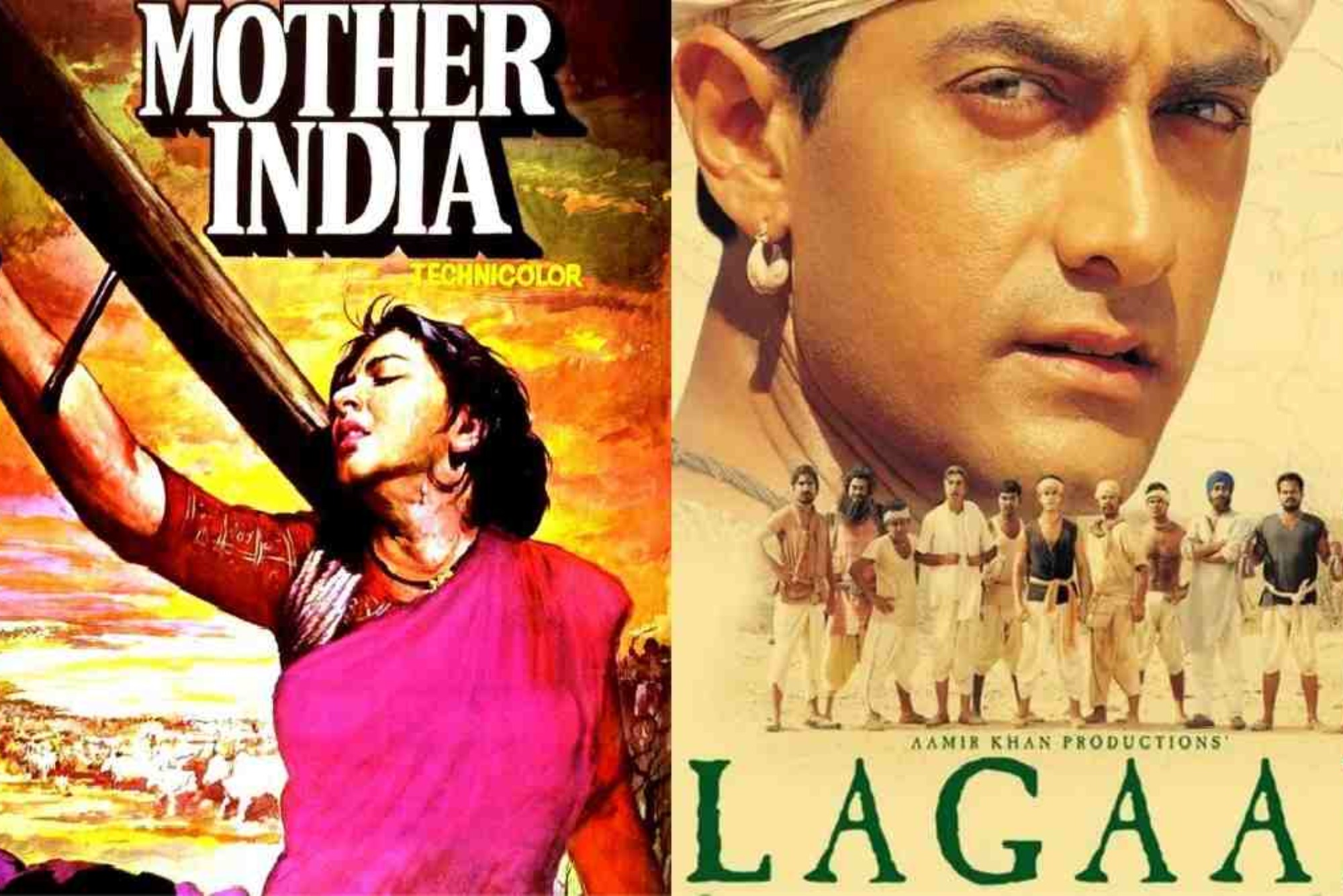In the annals of Indian cinema, certain milestones stand out as monumental achievements, reflecting the industry’s global recognition. One such milestone is the first Indian movie nominated for an Oscar. Let’s delve into this historic moment and explore its significance.
Early Indian Cinema
Early Indian cinema, which emerged in the early 20th century, marks a significant period in the evolution of film in India. The inception of this cinematic journey can be traced back to 1913 with the release of “Raja Harishchandra,” directed by Dadasaheb Phalke, who is often hailed as the father of Indian cinema. This silent film was groundbreaking, not only for its narrative but also for its pioneering use of various cinematic techniques. Phalke’s vision led to a new form of storytelling that combined mythological themes with a visual medium, captivating audiences and paving the way for future filmmakers.
The 1920s and 1930s saw the emergence of several notable films and directors who further expanded the landscape of Indian cinema. Filmmakers began experimenting with sound, leading to the transition from silent films to “talkies.” The first Indian sound film, “Alam Ara,” released in 1931, created a sensation, introducing songs and dialogues that resonated deeply with the Indian populace. This transition not only changed the technical aspects of filmmaking but also enriched the narrative style, allowing for more intricate storytelling that reflected the cultural and social dynamics of the time.
During this era, Indian cinema also began to reflect the nation’s struggles and aspirations. Films like “Achhut Kanya” (1936) and “Kismet” (1943) tackled social issues such as caste discrimination and poverty, resonating with the audience’s sentiments and creating a powerful connection between cinema and the socio-political landscape. This period also saw the rise of influential studios and stars who became icons of the time, such as S. S. Vasan and Leela Chitnis. Their performances and charisma drew audiences to the theaters, and their films often addressed the complex tapestry of Indian society.
The late 1930s and early 1940s brought about significant changes in Indian cinema, with the emergence of various regional film industries. Bengali cinema, for instance, produced classics like “Pather Panchali,” directed by Satyajit Ray, which portrayed rural life and human emotion with a profound sense of realism. This diversification enriched the cinematic landscape, showcasing a variety of themes and styles that catered to different audiences across the subcontinent.
As World War II impacted the global film industry, Indian cinema found its footing amid the chaos, producing films that served as both entertainment and commentary on the prevailing political climate. The themes of patriotism and resistance became increasingly prevalent, with filmmakers using their art to inspire and mobilize the masses against colonial rule. This period laid the groundwork for the golden age of Indian cinema, which blossomed in the years following independence in 1947, setting the stage for the modern film industry we know today.
Overall, early Indian cinema was a remarkable fusion of art and culture that not only entertained but also educated and inspired. It reflected the socio-political realities of its time while establishing a unique cinematic language that resonated with diverse audiences. The innovations and storytelling techniques pioneered during this formative period continue to influence contemporary Indian filmmakers, ensuring that the legacy of early cinema remains an integral part of India’s rich cultural heritage.
Indian cinema boasts a rich history dating back over a century. From the silent era to the advent of sound, Indian filmmakers have continuously pushed boundaries and experimented with storytelling techniques. However, it wasn’t until the latter half of the 20th century that Indian cinema began garnering international attention.

The Pioneering Film
Among the myriad of Indian films, one particular masterpiece broke through the international barrier and earned a nomination for the prestigious Academy Awards. (Insert Movie Name), directed by (Director’s Name), captivated audiences worldwide with its compelling narrative and cinematic brilliance.
Impact and Legacy
The nomination of (Insert Movie Name) marked a watershed moment in Indian cinema. It showcased the industry’s ability to produce films of global caliber, earning recognition on the world stage. Furthermore, it inspired future generations of filmmakers to aspire for excellence and push boundaries.
The journey of the first Indian movie nominated for an Oscar is a testament to the creativity and ingenuity of Indian filmmakers. It not only secured a place in cinematic history but also paved the way for greater recognition of Indian cinema on the global stage.
Rashmika Mandanna Movies
Rashmika Mandanna has emerged as one of the most prominent and beloved actresses in Indian cinema, captivating audiences with her charm, talent, and versatility. Born on April 5, 1996, in Virajpet, Karnataka, she made her acting debut in the Kannada film “Kirik Party” in 2016, which became a massive success and established her as a rising star. Following this, Rashmika’s career took off, leading her to star in a string of successful films across multiple languages, including Telugu and Tamil cinema.
Her performances in films like “Chalo,” “Geetha Govindam,” and “Dear Comrade” have not only won critical acclaim but have also garnered her a dedicated fan base. In “Geetha Govindam,” for example, her portrayal of a strong yet relatable female lead struck a chord with audiences and showcased her acting prowess. Rashmika’s ability to effortlessly transition between diverse roles, from romantic comedies to intense dramas, has further solidified her status as a versatile actress.
Moreover, her collaboration with acclaimed directors and co-stars has contributed significantly to her filmography. In addition to her success in regional cinema, Rashmika made her Bollywood debut in the film “Mission Majnu,” starring alongside Sidharth Malhotra. This film not only marked her entry into the Hindi film industry but also showcased her growing popularity on a national level.
Rashmika’s films often resonate with themes of love, ambition, and social issues, reflecting her choice to work on projects that have meaningful narratives. Her infectious energy and screen presence have made her a sought-after actress, earning her numerous awards and nominations. With her growing body of work and her increasing influence in the industry, Rashmika Mandanna continues to capture the hearts of audiences and is undoubtedly one of the leading figures in contemporary Indian cinema.
Rashmika Mandanna, a rising star in the Indian film industry, has left an indelible mark with her captivating performances. Rashmika Mandanna Movies From her debut to her latest ventures, Mandanna has showcased her versatility across various genres, captivating audiences with her charm and acting prowess.

Where Does Arijit Singh Live
Arijit Singh, the renowned playback singer, resides in Mumbai, India. Known for his soulful renditions and melodious voice, Where Does Arijit Singh Live Singh has carved a niche for himself in the music industry. Despite his fame, he maintains a low profile and cherishes his privacy in his Mumbai residence





